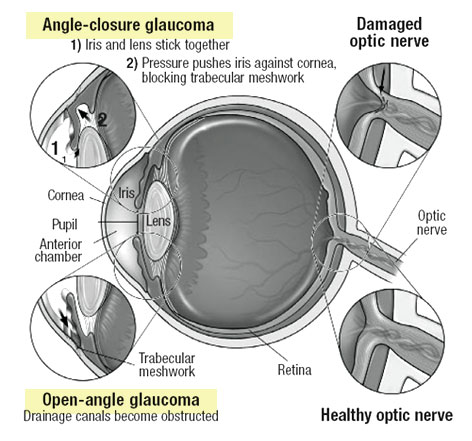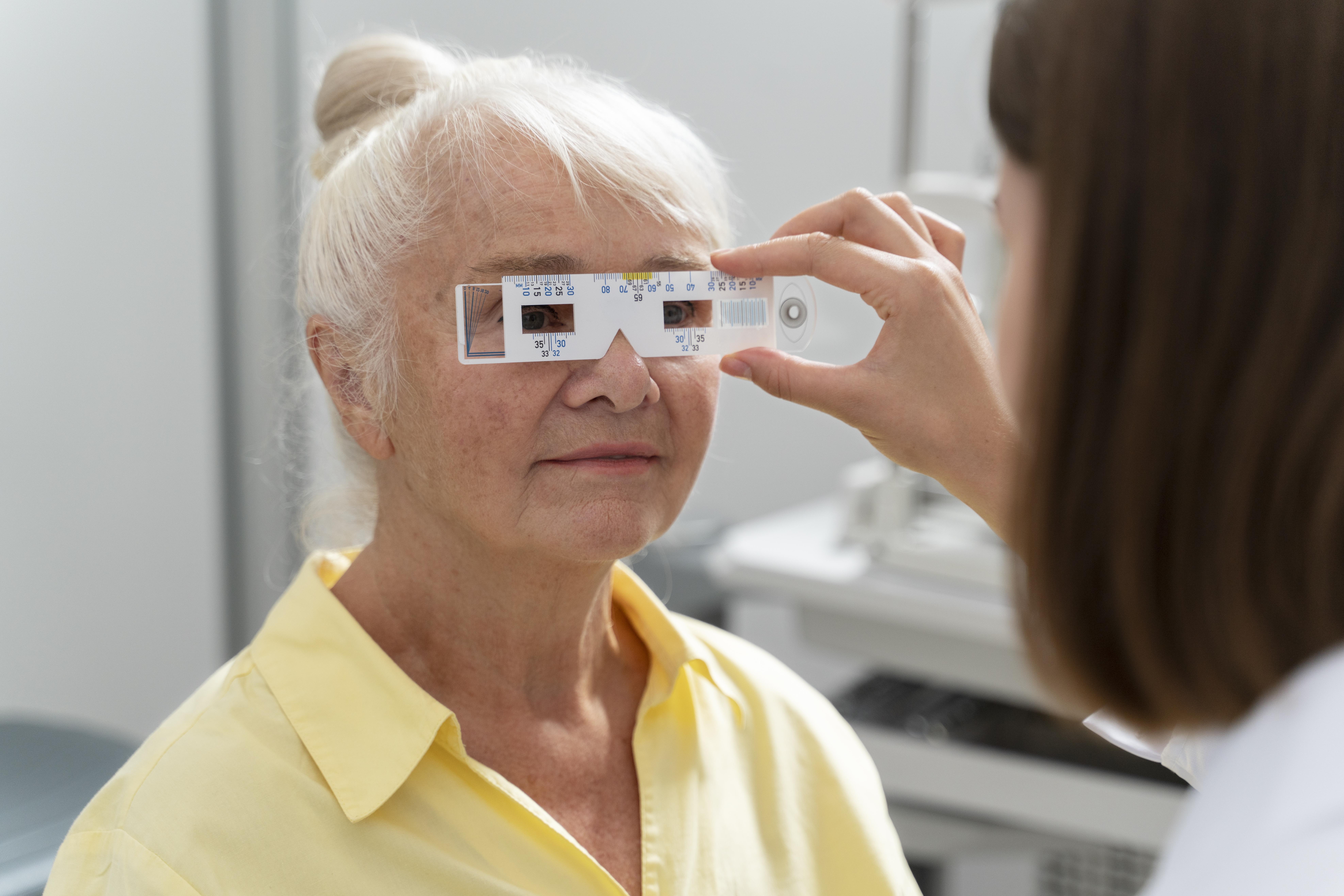Find the Best Glaucoma Service Near Me: Top-rated Eye Specialists
Find the Best Glaucoma Service Near Me: Top-rated Eye Specialists
Blog Article
Recognizing the Different Vision Adjustment Procedures Available for Clearer View
In the realm of vision adjustment treatments, a wide range of options exist to attend to refractive errors and offer people with more clear sight. From the commonly acknowledged LASIK surgical treatment to less intrusive treatments like PRK and implantable lenses, the area of ophthalmology offers a variety of strategies customized to suit various needs and preferences. Each procedure comes with its own collection of factors to consider, advantages, and possible dangers. Understanding the nuances of these vision adjustment techniques is critical for making informed decisions about one's visual wellness. Allow's discover the intricacies of these procedures and clarified the course to attaining boosted vision clarity.
LASIK Surgical Procedure
LASIK surgery is an usual refractive treatment made use of to deal with vision issues such as astigmatism, farsightedness, and nearsightedness - eyecare near me. This surgical strategy, which stands for Laser-Assisted in Situ Keratomileusis, intends to reshape the cornea to improve just how light is concentrated on the retina, eventually improving vision clarity. Throughout the procedure, a slim flap is produced on the cornea, and a laser is used to get rid of accurate quantities of tissue to improve it properly. This reshaping permits light to be precisely concentrated onto the retina, remedying refractive errors.
One of the main advantages of LASIK surgical treatment is the quick enhancement in vision experienced by people. Many individuals see a considerable improvement in their sight promptly after the procedure. Furthermore, a lot of patients report minimal discomfort and discomfort during the surgical procedure and healing duration. The recuperation time for LASIK is fairly fast, with numerous people going back to their day-to-day activities within a day or two post-operation. On the whole, LASIK surgery is a prominent choice for people looking for a lasting solution for their vision problems.
PRK Procedure
While also a typical refractive procedure, the PRK (Photorefractive Keratectomy) strategy differs from LASIK surgical procedure in its method to correcting vision issues. In PRK, rather of producing a flap on the cornea, the external layer of the cornea, called the epithelium, is entirely removed. This enables the laser to reshape the cornea to fix refractive errors such as nearsightedness, astigmatism, and farsightedness straight on the surface.

In spite of the longer healing time, PRK can produce superb lead to vision enhancement, making it a beneficial alternative for those who may not appropriate candidates for LASIK surgical treatment.
Implantable Lenses
In comparison to PRK where the cornea is improved straight, implantable lenses provide an additional approach for remedying vision by putting artificial lenses inside the eye. This blog here procedure is particularly useful for individuals with high degrees of astigmatism, nearsightedness, or farsightedness that might not appropriate candidates for laser surgeries like LASIK or PRK.
Implantable lenses, also referred to as phakic intraocular lenses, job by supplementing the eye's all-natural lens with a fabricated one. glaucoma service near me. These lenses can be placed before the natural lens (anterior chamber) or behind the iris and before the natural lens (posterior chamber) By readjusting the power and positioning of these lenses, ophthalmologists can efficiently fix refractive mistakes and improve visual skill
One benefit of implantable lenses is that they are removable and exchangeable, giving adaptability for future changes. Nevertheless, as with any kind of medical procedure, there are threats involved, such as infection or cataract development. Clients thinking about implantable lenses should consult with an eye treatment expert to figure out the most suitable alternative based on their specific requirements and eye health and wellness.
Corneal Rings
Corneal rings, additionally called intracorneal ring segments, are tiny, transparent tools placed into the cornea to remedy vision distortions such as keratoconus. Keratoconus is a condition where the cornea thins and protrudes outside, causing vision to come to be distorted. The insertion of corneal rings aids to flatten the cornea, boosting aesthetic acuity and minimizing the irregular astigmatism created by keratoconus.
The procedure for putting corneal rings is fairly quick and minimally intrusive, typically carried out as an outpatient procedure. During the surgical treatment, the ophthalmologist makes a tiny incision in the cornea and inserts the rings at a details depth. As soon as in location, the rings assist to improve the cornea, providing a smoother surface area for light to get in the eye, which can lead to clearer vision.
Corneal rings are considered a relatively easy to fix treatment, as they can be eliminated or replaced if needed. glaucoma service near me. While they may not totally get rid of the demand for glasses or call lenses, corneal rings can substantially boost vision quality and total aesthetic convenience for individuals with keratoconus or various other corneal abnormalities
Refractive Lens Exchange
Complying with the modification of weblink corneal abnormalities with treatments like corneal rings, an additional vision improvement strategy that can address refractive mistakes is Refractive Lens Exchange (RLE) RLE is a procedure that involves replacing the eye's natural lens with an artificial intraocular lens (IOL) to fix refractive mistakes such as presbyopia, farsightedness, and nearsightedness. This procedure is especially helpful for individuals who might not appropriate prospects for procedures like LASIK or PRK due to variables such as slim corneas or high refractive errors.

Verdict
In conclusion, there are various vision modification treatments available to help individuals accomplish more clear sight. LASIK surgical procedure, PRK procedure, implantable lenses, corneal rings, and refractive lens exchange are all options that can deal with various vision concerns. It is vital for individuals to seek advice from their eye care carrier to establish the most suitable procedure based on their specific requirements and preferences. With improvements in modern technology, attaining boosted vision is currently extra obtainable than ever.
In the realm of vision modification treatments, a plethora of alternatives exist to deal with refractive errors and offer individuals with more clear view.LASIK surgical procedure is an usual refractive treatment utilized to remedy vision issues such as astigmatism, farsightedness, and nearsightedness.While additionally a common refractive procedure, the PRK (Photorefractive Keratectomy) technique varies from LASIK surgical treatment in its method to correcting vision troubles.Complying with the modification of corneal irregularities with treatments like corneal rings, one more vision correction strategy that can deal with refractive mistakes is Refractive Lens Exchange (RLE) LASIK surgical treatment, PRK treatment, implantable lenses, corneal rings, and refractive lens exchange are all choices that can address various vision issues.
Report this page